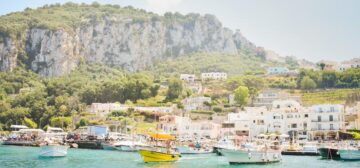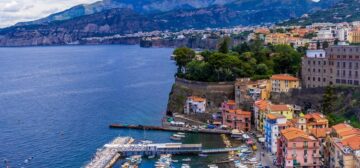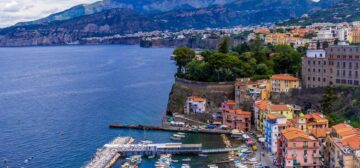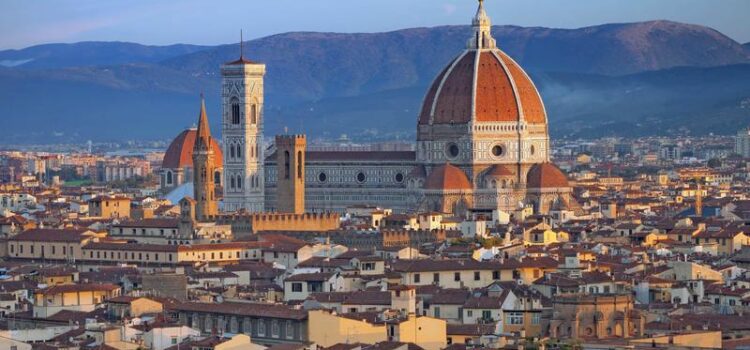CurrencyItaly uses the European monetary unit, the euro (€).Euro bills come in denominations of 5, 10, 20, 50, 100, 200, and 500; coins are worth 1 cent of a euro, 2 cents, 5 cents, 10 cents, 20 cents, 50 cents, 1 euro, and 2 euros. Local merchants may refuse to accept €200 and €500 bills due to the prevalence of counterfeit bills.Traveller’s cheques, cheques and foreign money can be changed at banks, railway stations and airports and very often at major hotels (albeit usually at a less advantageous exchange rate). It is expensive to change foreign currency in Italy, exchange bureau fees are high. Banks will only exchange currency for their own customers.There are no restrictions on the import or export of local or foreign currency. However, amounts exceeding €10,000 or equivalent must be declared if travelling from or to a country outside the European Union.BankingBank opening hours are regulated by law, they open at 08h30 and close at 13h30 for lunch. They open again in the afternoon at 15h00 and close at 16h00 from Monday to Friday. There are banks that open on Saturdays.ATMs in Italy are known as Bancomat, and can be found anywhere in large cities as well as in small towns. Using a credit card, or even better, a debit card or your local bank (ATM) card is very easy. One must first locate either the Cirrus, Plus, VPay, or BankMate symbol (on the Bancomat and on your card), to ensure the card is usable at that particular unit. If you are unsure about the compatibility or the banking systems, contact your credit card company or local bank.
Banking
CurrencyItaly uses the European monetary unit, the euro (€).Euro bills come in denominations of 5, 10, 20, 50, 100, 200, and 500; coins are worth 1 cent…
Read More






